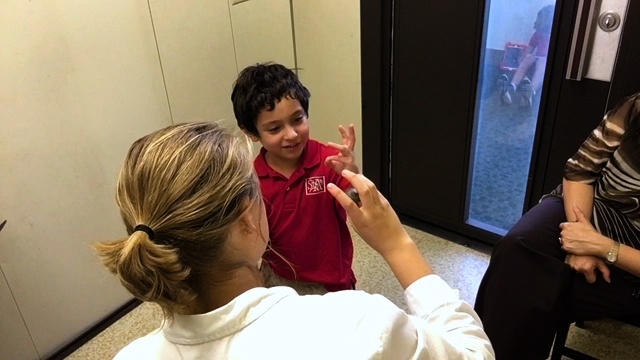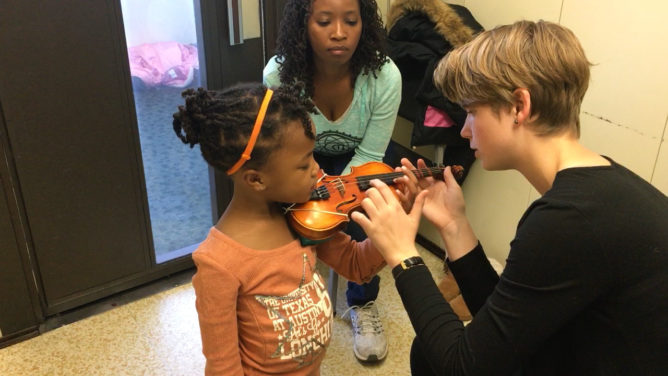
I once heard in a sectional with David Kim, concertmaster of the Philadelphia Orchestra, that great attention should be devoted to tuning beautifully. Though, of course, it is important to make sure orchestra members are in tune with each other before the piece starts, his subtle point is that the audience experience of a concert involves far more than just musical performances of pieces.
Indeed, our experiences of performances often starts with our journey to the concert venue– perhaps even the dinner we have before. Who we are with significantly changes our interpretation of the concert, as does the manner of the conductor as they walk on the stage, the drinks served during intermission, and the coordination (or lack thereof) of bows after the music stops. The length of the concert, the performance dress, the music selection, the volume and sound production, the temperature of the room and the amount of times a soloist walks back on the stage for another bow are elements of performances that can’t be ignored.
All of these details are inevitably intertwined with audience experience. But they are also typically ignored.
Perhaps in an ideal world we wouldn’t let the surrounding periphery of experience influence the way we understand one thing. The clothes someone wears shouldn’t be indicative of their value as a member of a company. The likeabiluty of a band’s Facebook page shouldn’t automatically make them superior to a band without a Facebook page. And the amount of time we spend waiting to exit a parking garage shouldn’t effect our love of a blended orchestral sound.
But it does. And therefore it is worth teaching our students to take charge of as many aspects of their audiences of them as possible. [Read more…]









